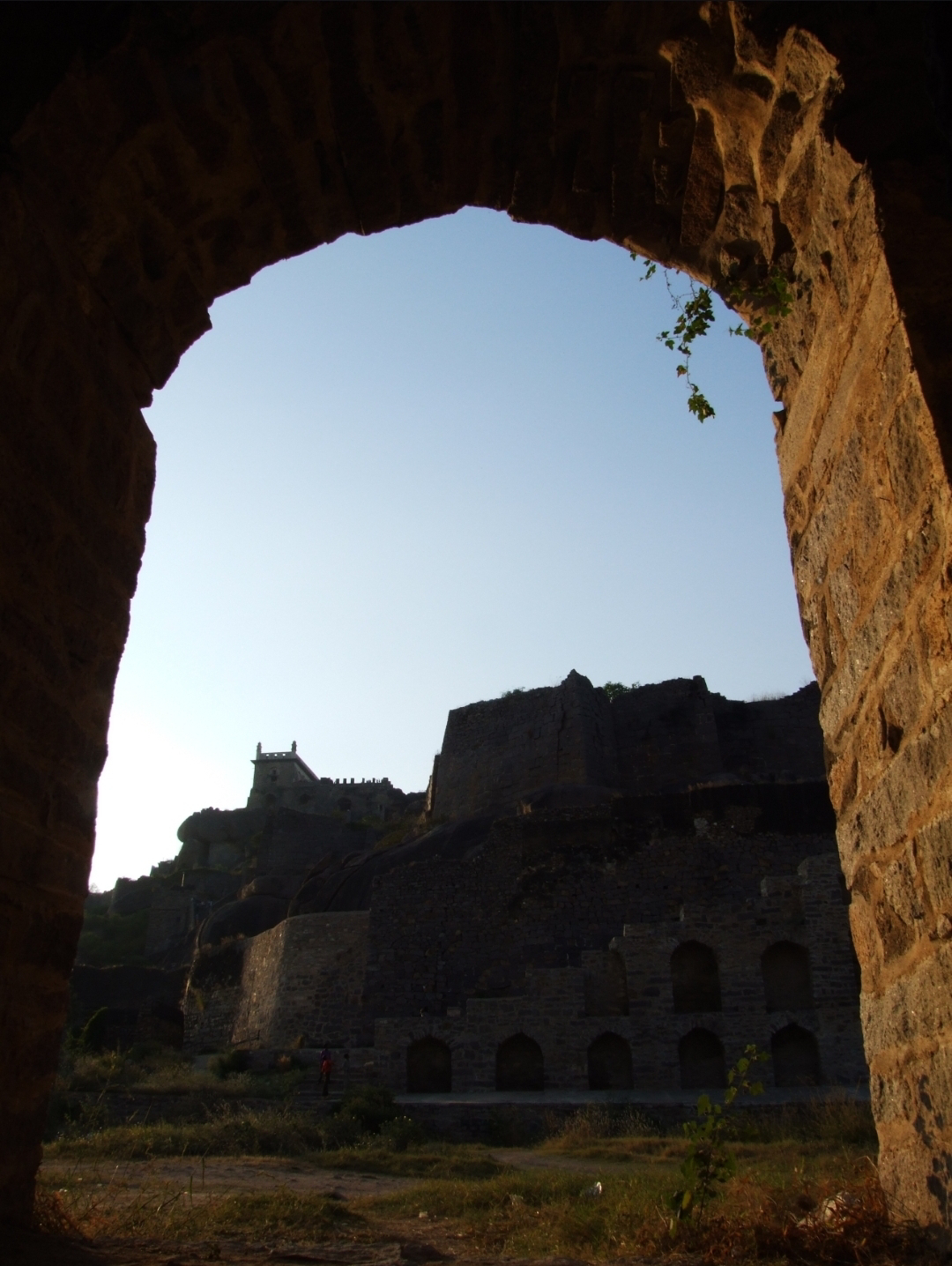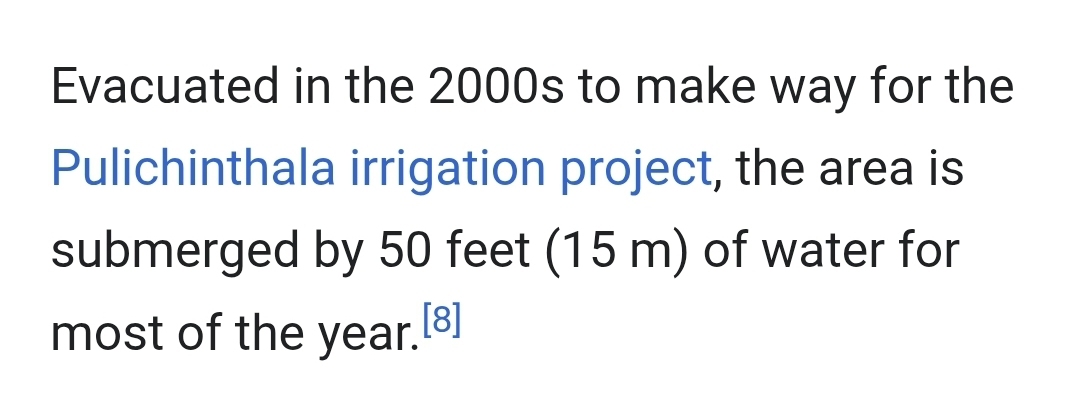The Diamonds of Golconda
🪨 Origins of Diamond Mining in Golconda
-
Ancient Beginnings: India was the world's sole source of diamonds until the 18th century. Early Sanskrit texts reference diamond mining in the Golconda region as far back as 300 BCE .(southernjewelrynews.com)
-
Geographical Spread: The Golconda mines spanned an area approximately 210 miles long and 95 miles wide, encompassing parts of present-day Andhra Pradesh and Telangana .(GIA 4Cs)
👑 Qutb Shahi Dynasty and Diamond Mining
-
Dynastic Rule: The Qutb Shahi dynasty, ruling from 1518 to 1687, transformed Golconda into a significant political and economic center .(Internet Archive)
-
Mining Operations: Under their reign, diamond mining flourished, with approximately 20 mines in operation during the 16th to mid-19th centuries .(GIA 4Cs)
-
Economic Impact: The diamond trade brought immense wealth to the region, attracting merchants from Europe, the Ottoman Empire, and other parts of the world .(History Unravelled)
💎 Golconda Diamond Market and Trade
-
Market Hub: Golconda Fort housed a bustling diamond market, becoming a central hub for diamond enhancement, lapidary, and trading .(Wikipedia)
-
Trade Networks: The fort's strategic location between major trade ports like Surat and Machilipatnam facilitated extensive trade networks, connecting Golconda to global markets .(thesoultrails.com)
-
Merchants and Buyers: The diamond market attracted a diverse array of merchants, including Europeans, who documented their experiences and purchases in the region .
🔗 Diamond Supply Chain Mechanisms
-
Mining Techniques: Diamond extraction involved both open-pit and tunneling methods, depending on the terrain .(GIA 4Cs)
-
Processing Centers: Post-extraction, diamonds were brought to Golconda Fort for cutting, polishing, and trading, ensuring quality control and value addition .
-
Distribution: Finished diamonds were then distributed through established trade routes to various parts of the world, including Europe and the Middle East .
💠 Renowned Diamonds from Golconda
Several of the world's most famous diamonds originated from the Golconda mines:
-
Koh-i-Noor: A 105.6-carat diamond, now part of the British Crown Jewels .
-
Hope Diamond: A 45.52-carat deep-blue diamond, currently housed in the Smithsonian Institution .(berganza.com)
-
Regent Diamond: A 140.64-carat diamond displayed at the Louvre Museum .(IAJA)
- Wikipedia
-
Daria-i-Noor: Approximately 175 to 195 carats, part of the Iranian Crown Jewels .(Wikipedia)
-
Princie Diamond: A 34.65-carat fancy intense pink diamond, auctioned for $39.3 million in 2013 .(Wikipedia)
📉 Decline of the Golconda Diamond Industry
-
Resource Depletion: By the early 1800s, the Golconda mines were largely depleted, leading to a significant decline in diamond production .(Only Natural Diamonds)
-
Global Competition: The discovery of diamond mines in Brazil around 1725 ended India's monopoly on diamond supply, further impacting Golconda's diamond trade .(IAJA)
-
End of an Era: With the decline in diamond mining and trade, Golconda's prominence as a diamond center diminished, marking the end of a significant chapter in its history.
📚 References
-
Golconda diamonds - Wikipedia (Wikipedia)
-
Golconda diamonds mining and trading - Wikipedia (Wikipedia)
-
Golconda Diamonds| Exploring the Legendary Source of Famous Gems - GIA 4Cs (GIA 4Cs)
-
Golconda Diamonds: The History Behind These Iconic Stones (Only Natural Diamonds)
-
Why do diamond mines close? - Southern Jewelry News (southernjewelrynews.com)
-
Golconda Fort Hyderabad: A Stronghold of Diamonds, Dynasties, and ... (https://dwello.in)
-
The Legend of the Golconda Diamonds - Rubel & Ménasché (Rubel & Ménasché)
-
Golconda Fort: A Tale of Diamonds, Treason & Architectural Marvels (thesoultrails.com)
-
The Qutubshahi Kingdom of Golconda | History Unravelled (History Unravelled)
-
Princie Diamond - Wikipedia (Wikipedia)
Pictures: All pictures are by the author. All Rights Reserved.












Comments
Post a Comment